How Formula 1’s Most Iconic Team Keeps Derailing Its Greatest Drivers

The Legacy and the Decline
Ferrari. A name synonymous with motorsport heritage, technical excellence, and championship pedigree. The team has been the face of Formula 1 since its inception — the most celebrated name in the sport’s history.
Yet, behind the legacy lies a troubling reality.
For decades, Ferrari has struggled to match its reputation with consistent results. Time and again, elite world champions have signed with Ferrari aiming to cement their legacy — only to leave with disappointment, frustration, and, often, their careers stalled or scarred.
What is it about Ferrari that turns greatness into missed opportunity?
A Pattern of Promise Followed by Collapse
Ferrari consistently fields strong cars and hires world-class talent. But once the season begins, a familiar pattern emerges: technical inconsistencies, internal disorganisation, strategic misjudgements, and a lack of clarity in leadership derail what should have been title-winning campaigns.
Key structural problems:
- Unreliable strategic decision-making under pressure
- Repeated internal conflicts between drivers and team management
- Inconsistent driver hierarchy and unclear leadership on track
- Frequent changes in team principals and technical leadership
- Excessive media scrutiny and political pressure disrupting team focus
- A flawed approach to car development aimed at satisfying multiple driving styles in one season
Lewis Hamilton (2025– ): A Difficult Transition
When Lewis Hamilton left Mercedes to join Ferrari for the 2025 season, the move was hailed as a historic merger of Formula 1’s greatest driver with its most iconic team. Instead, the season has unravelled quickly.
As of mid-2025:
- Ferrari continues to struggle with tyre warm-up in cooler track conditions
- The car lacks balance, with inconsistent performance between qualifying and race
- There is no clear direction in car development, split between Hamilton’s and Leclerc’s setup preferences
- Simulator data has failed to accurately represent real-world behaviour, leading to ineffective upgrades
- Internal indecision about team leadership on track is impacting Hamilton’s ability to influence races
Hamilton — once the cornerstone of Mercedes’ dominance — now finds himself battling midfield traffic, outqualified by his teammate, and disconnected from the car’s handling.
Fernando Alonso (2010–2014): A Lost Opportunity
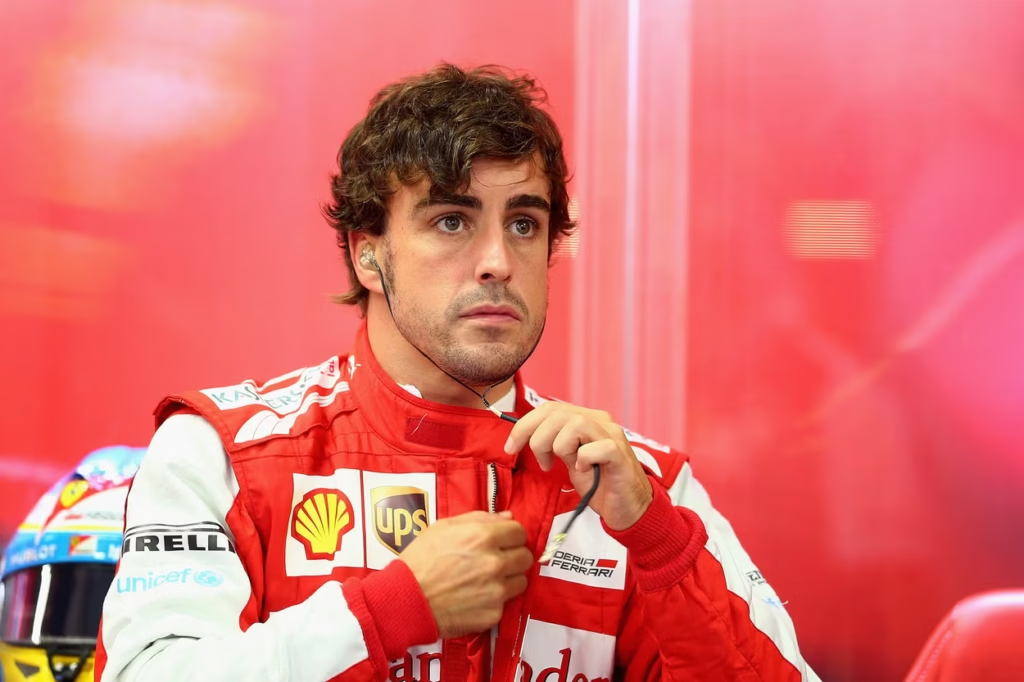
Alonso was at the height of his powers when he joined Ferrari in 2010. His tenure is remembered for producing some of the finest individual performances in modern F1 — but not a single title.
- In 2010, he lost the championship by 4 points due to a poorly timed pit stop strategy in Abu Dhabi
- In 2012, he fought for the championship with a car that was, by most standards, uncompetitive against Red Bull
- Ferrari’s upgrade development lagged behind competitors, especially in the second half of seasons
- Team cohesion and decision-making during key moments was lacking
Alonso extracted near-maximum performance from his machinery, but was ultimately let down by the system around him.
Sebastian Vettel (2015–2020): From Hope to Frustration
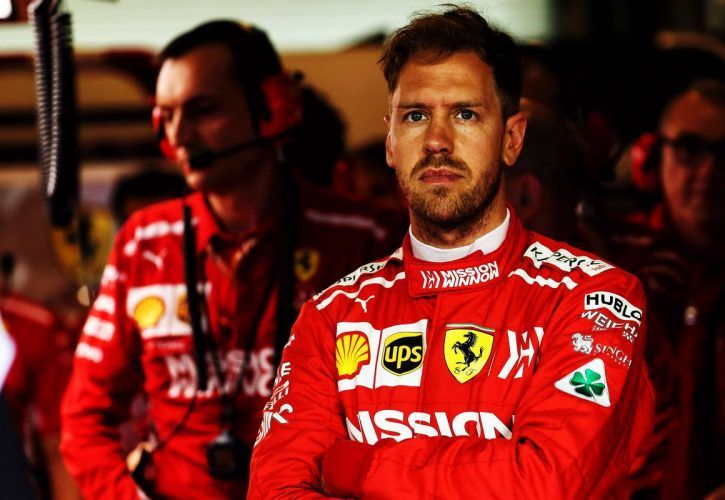
Vettel joined Ferrari after winning four consecutive titles with Red Bull. His initial years were strong — including multiple wins and a title challenge — but the momentum gradually faded.
- Ferrari had arguably the fastest car in 2017 and 2018, but failed to convert the opportunity due to driver errors and strategic failures
- Vettel suffered high-profile spins while leading, but Ferrari’s race decisions also often placed him at a disadvantage
- In 2019, internal dynamics shifted toward Charles Leclerc, creating tension and undermining team unity
- By 2020, Vettel was informed his contract would not be renewed — before the season even began
The breakdown in trust between driver and team was evident. Vettel later stated, “The team changed a lot. It didn’t fit anymore.”
Alain Prost (1990–1991): A Candid Comment, A Swift Exit
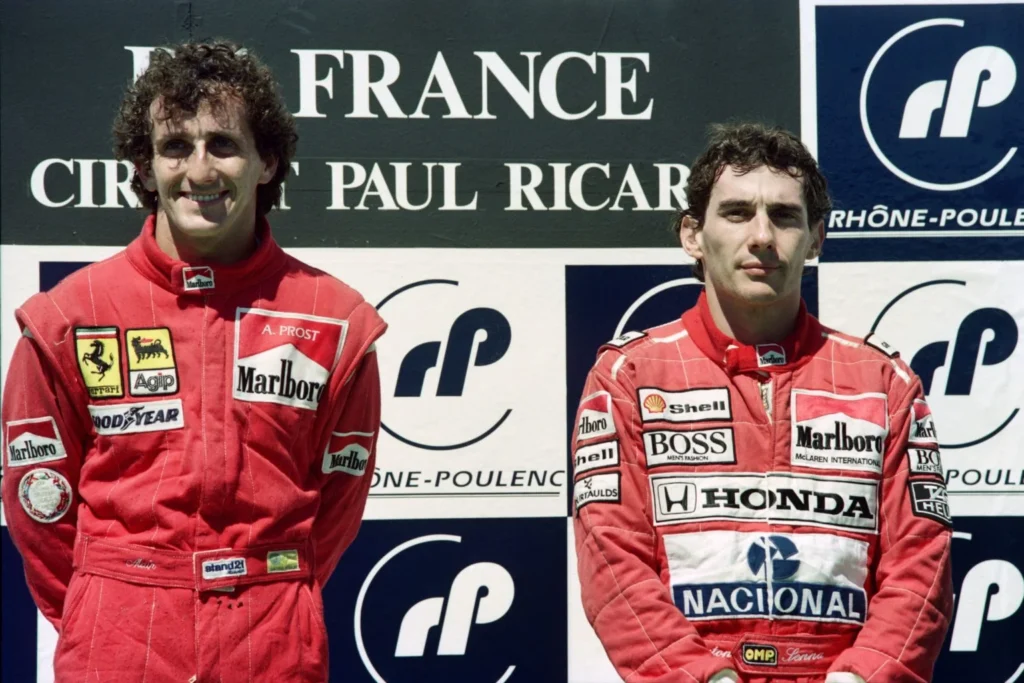
Prost nearly delivered a title in 1990, but Ferrari’s 1991 car fell significantly behind its rivals. When Prost openly criticised the car, calling it “undriveable” and “like a truck,” Ferrari dismissed him before the season ended.
It remains one of the most abrupt and controversial firings of a multiple world champion — a decision that reflected how criticism, even constructive, was treated as a threat to Ferrari’s internal image.
Other Cases of Mismanagement
➤ Nigel Mansell (1989–1990)
Delivered Ferrari’s first home victory in a decade. Despite success, he was disillusioned by the internal politics and left after only two seasons.
➤ Carlos Sainz (2021–2024)
Delivered consistent performances, secured wins, and often matched or outperformed Leclerc. Still, he was dropped in favour of Hamilton, with no clear long-term plan. He signed with Audi for 2026 — a move already showing signs of stability and structure.
➤ Kimi Räikkönen (2007–2009, 2014–2018)
Brought Ferrari its last world title in 2007. By 2009, the team had shifted focus to Felipe Massa and signed Alonso, sidelining Kimi despite a valid contract. Ferrari paid him not to race.
The Repeated Error: Dual Development Philosophy
Ferrari has consistently struggled when trying to develop a car to suit two opposing driving styles. This dual-focus approach creates engineering compromise and weakens performance for both drivers.
Examples:
- 2019–20: Leclerc preferred an aggressive front-end; Vettel required a stable rear. Ferrari developed a car that worked for neither.
- 2025: Similar split between Hamilton’s preferences and Leclerc’s, leading to unclear data and poor upgrade efficiency.
In contrast, Red Bull builds entirely around Verstappen, and Mercedes once tailored development solely to Hamilton. Ferrari’s failure to commit to a unified technical philosophy remains a core weakness.
Leadership Turnover and Instability
Ferrari’s technical and managerial leadership has lacked continuity for years. Since 2008, the team has cycled through six different team principals:
- Jean Todt
- Stefano Domenicali
- Marco Mattiacci
- Maurizio Arrivabene
- Mattia Binotto
- Frédéric Vasseur
Each change has disrupted long-term development. With every new leadership style, prior systems and progress are dismantled, often leaving drivers caught in transitional periods without clarity or direction.
Media and Internal Pressure
Operating under relentless national attention, Ferrari’s every move is scrutinised. The Italian media exerts immense influence, and the pressure to maintain a proud image often supersedes the practical needs of winning a championship.
This environment contributes to:
- Over-defensive management decisions
- Unwillingness to accept criticism
- An organisational culture where perception often trumps performance
Drivers are expected to perform, lead, and manage media optics — all while coping with internal uncertainty.
What Ferrari Must Learn
Mercedes built an eight-year dominance around Hamilton with steady leadership and clear direction.
Red Bull structured its entire technical operation around Verstappen.
McLaren today represents calm, structured long-term development with minimal politics.
For Ferrari to evolve:
- It must select a lead driver and build around them without compromise
- Leadership stability must be prioritised over reactive restructuring
- Strategy teams must be empowered and streamlined for clarity under pressure
- Technical development must be unified, not divided by driver preference
- The organisation must insulate drivers from media influence and internal politics
Final Verdict: The Red Curse
Ferrari possesses everything required to succeed — funding, heritage, infrastructure, and passionate supporters. But those assets mean little without structural discipline, internal clarity, and long-term vision.
Unless Ferrari acknowledges and reforms its persistent internal flaws, it risks remaining not the pinnacle of Formula 1 achievement — but a cautionary destination for champions seeking glory, only to find disappointment.
Until then, Ferrari will remain what it currently is:
The place where world champions go — not to rise — but to fall.



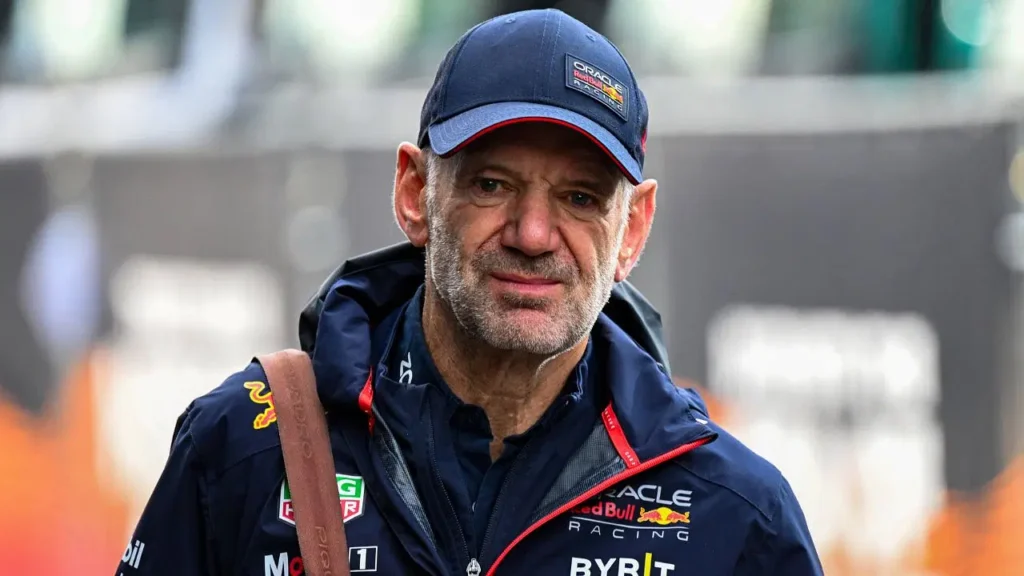
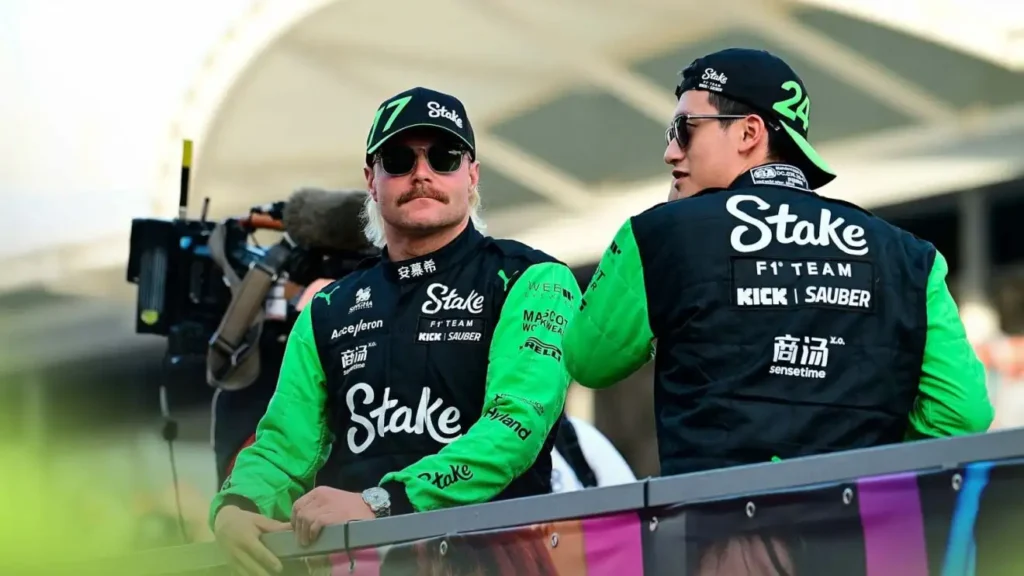
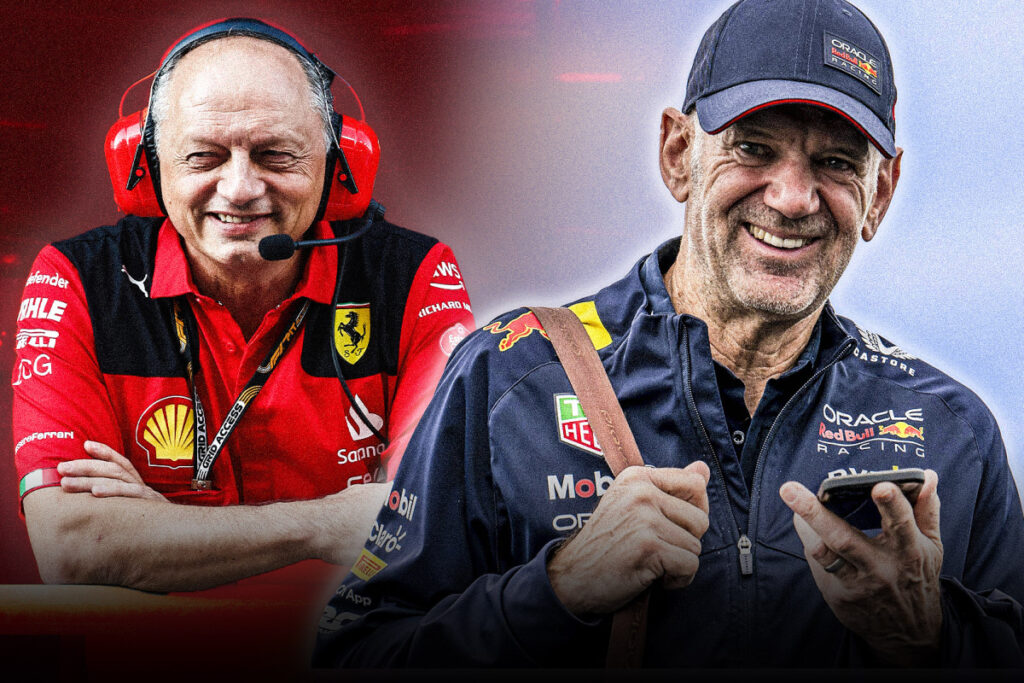
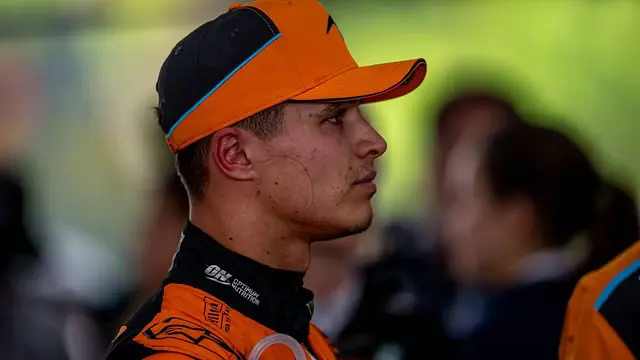
Wohh exactly what I was searching for, regards for putting up.